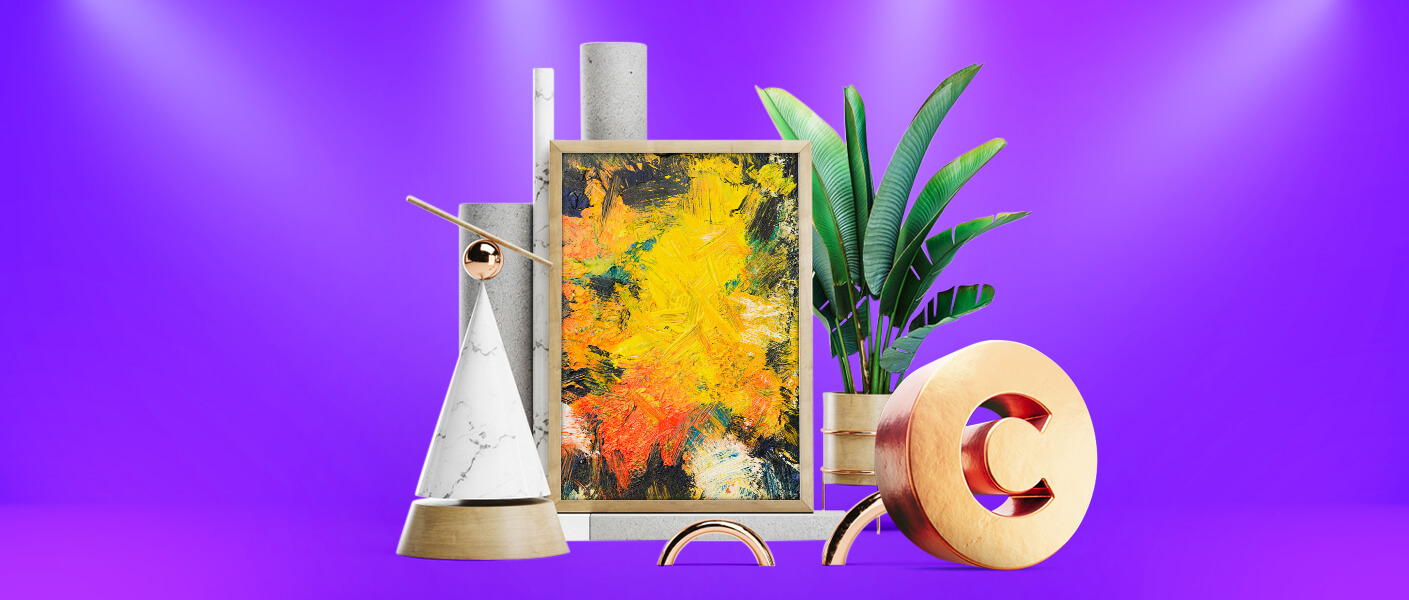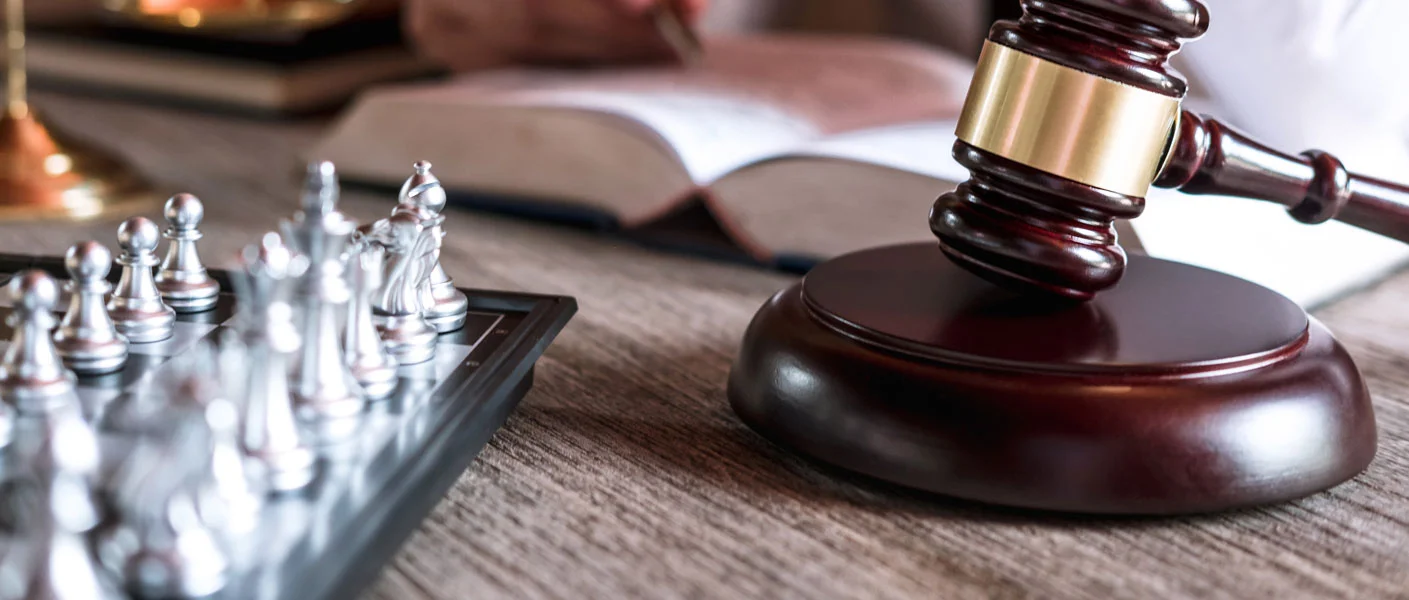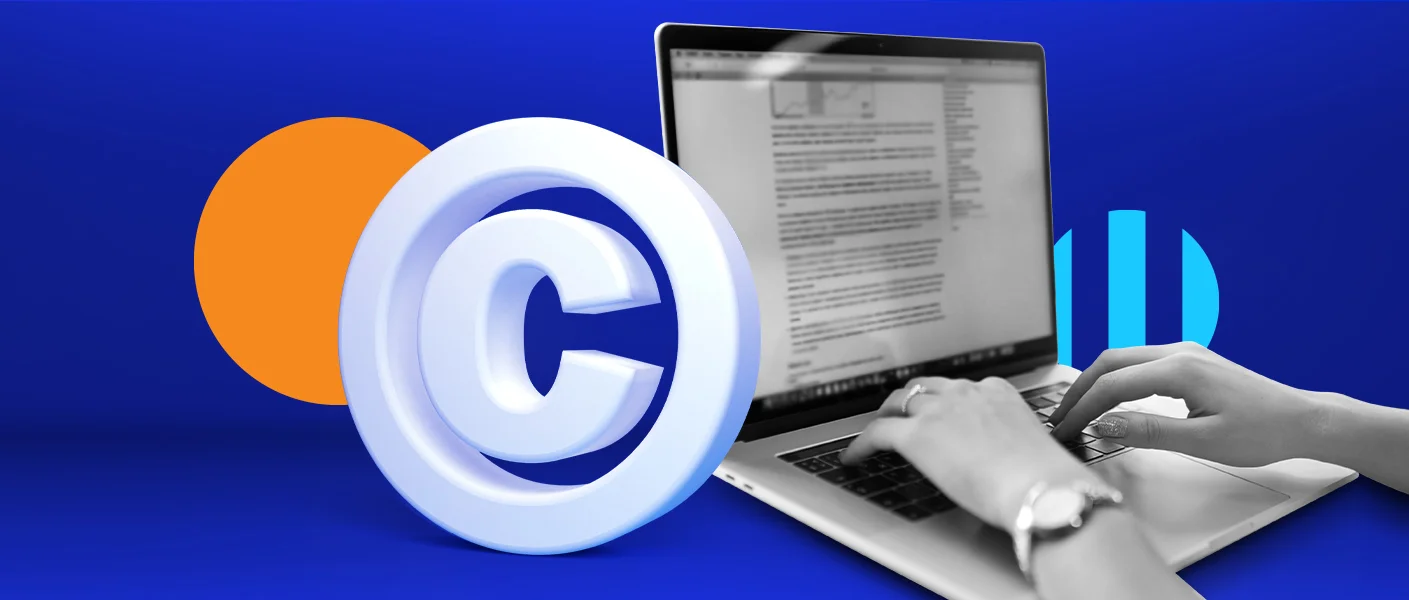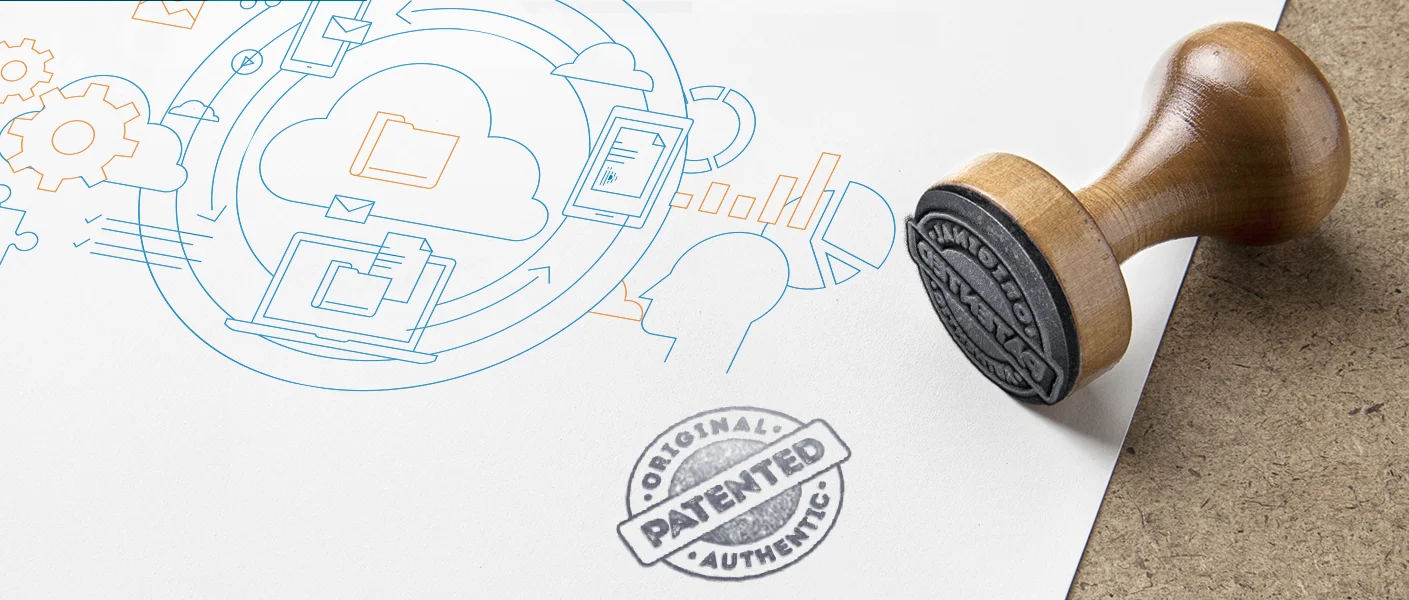How to get a Copyright on the artwork
January 20, 2022 By Ajita SharmaThough it is believed that Copyright comes to the creator automatically, yet without protection, the artwork gets vulnerable to piracy. Since the creation of an artwork is the result of a unique thinking process; it needs to be protected as an Intellectual Property. With the registration under the Intellectual Property Rights (IPR), the creator can safeguard the originality of the artwork and restrict it from getting copied.
However, in India, the implementation of copyright Laws is still a complicated matter. In this article, you will find out this complicacy and how you can still have your artwork protected under Copyright Regulations.
Copyright of Artwork in India
There are a lot of categorical variations for considering the relevant Copyright protection law on your artwork. These categorical variations are legally marked as per the creative specifications and presentation of your artwork.
- Copyright Law on ‘Tangible’ Artwork: Applicable to the physical existence of an artwork can be touched. For example, sculpture, painting, drawing, photograph, architectural creation.
- Copyright Law on ‘Digital’ Artwork: Applicable to the artwork that can be heard, seen or sensed. For example, websites, software programmes, software languages, Apps, digital art.
- Copyright Law on ‘Non-tangible’ & ‘Non-digital’ Artwork: Applicable to artwork which can be heard, seen or sensed. For example, musical work, dramatic work, cinematograph film.
Read more: Know about copyright and its necessity for authors and writers
According to the “Copyright Manual on Registration of Artistic Works and Incidental Issues”, published by the Ministry of Commerce and Industry, Government of India:
“Copyright is a form of protection provided by the Indian legislature to authors/owners of original works of authorship from the time the works are created and expressed in a tangible form”.
From the aforementioned declaration, it has been clearly stated that the Copyright Law by the Government of India does not offer Copyright to facts, ideas, names/titles, or any process. Moreover, in India, it is meant only for tangible artwork. Kindly note that tangible here stands for the physical existence of an artwork that can be felt by ‘touch’.
To get Copyright protection on your tangible artwork, you must register it under the regulation of the Copyright Act of 1957 and the underpinned Copyright Rules of 2013.
As for the other two categories, there is no rigid regulation or Law. For the Copyright protection of your ‘Digital artwork’ and ‘Non-tangible & Non-digital artwork’, in India; the Govt. of India has adopted Digital Millennium Copyright Act in 1998 from the United States, and under this provision implies the Copyright (Amendment) Act of 2012.
How to get Copyright Protection
Irrespective of the aforementioned complicacy, the registration process for getting a copyright on your artwork follows three specific stages. These are:
Application Filling 🡪 Application Examination 🡪 Copyright Registration
Application Filling for Copyright Law on Artwork
The filing for the registration application for the Copyright law protection on your artwork can be availed in two ways. It can be either the online mode or the offline mode.
In both ways, you need to fill up the application with the heading of Form XIV. This form is specifically meant for the “artistic works” protection. For this purpose, you must be well acquainted with the guidelines provided in Chapter XVIII of Schedule I, in the Statement of Particulars as specified in Copyright Rules 2013.
Online Method
You can start with the application filing process yourself through the online mode. However, in this process, you should be well aware of all the legal documents as mentioned under the ‘Documents for Copyright Protection’.
Always remember that any discrepancy in these documents can lead to legal actions against you.
Offline Method
For registration of Copyright on your artwork, you can prefer manually visiting the Copyright Office or can hire an attorney for it.
Hiring an attorney from a reputed Copyright law firm will bring in an error-free filing of your application. It will also prevent you from getting into any concerns related to the legal discrepancy. The attorney will help you to complete the complex procedure of copyright registration in a much convenient and hassle-free manner.
Application Examination
After the legally verified submission of your Application Form, to the Copyright Office, you need to wait for 30 days to get your application reviewed by the office. During this period, your application will be checked and scrutinised by the examiner and the reviewer, respectively. The Copyright Office will contact all the other offices to verify the documents submitted by you. Find below the list of documents to be prepared as per Copyright Law which will be verified and scrutinised by the Copyright Office.
Read More: Why architects should have copyright on their designs
Documents for Verification & Scrutinisation
The documents you need to prepare before filling the online application form are enlisted below:
- Legal certificates proving the authenticity of your Personal Details,
- Legal description about your artwork,
- Legal certification about the date and place of creation,
- Legally authenticated copies of the first publication (if published),
- Legally authenticated copies of the manuscript (if unpublished),
- Legally valid ‘Authorisation Letter’ for the use of other’s artwork,
- Legally valid ‘No-objection Letter’ for the use of other’s artwork,
- Legally valid ‘No-objection Letter’ for a trademark from Trademark office,
- Signed Power of Attorney in favour of an attorney,
If the Copyright Office finds any discrepancy in your documents, then the examiner will inform you about the same through the Letter of Discrepancy’, and shall ask you for clarification. You need to hire an attorney for the deliverance of the clarification through a hearing. The necessary legal proceedings will be scheduled by the Copyright registrar and you need to make legally verified documents in support of your application. If your clarification is not satisfactory to justify the discrepancy, then your application will be rejected instantaneously.
Thus, to avail of the ‘No Objection’ raised about the submission of your application, it is always recommended that you consider an attorney for the entire process of application. With the final approval from the reviewer, your application will be forwarded for further proceedings.
Copyright Registration
After the approval of your application form from the reviewer, it will be sent to the Registrar of the Copyright Office, New Delhi, India. The Registrar is responsible for rechecking the submitted documents, and upon his satisfaction, he shall register your artwork under Copyright and shall thereby issue the Certificate of Registration of Copyright (ROC) under Copyright Act 1957, to you.
With the ROC, you get the monopoly on your artwork and gain the reputation and benefits for being its creator or the authorized possessor.





